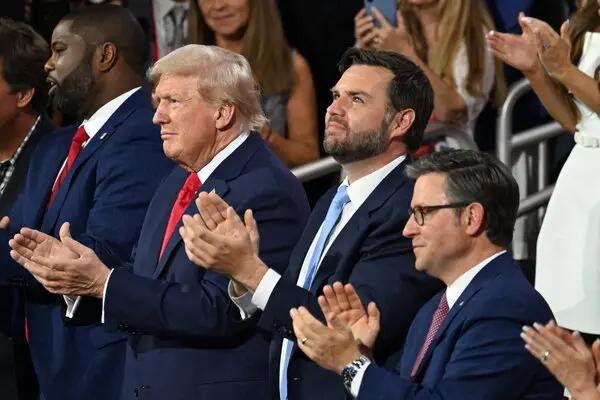As President-elect Donald Trump prepares to take office in January, his Republican Party will control both houses of Congress, according to Edison Research projections. This political shift gives the Republicans the ability to drive a legislative agenda based on tax cuts and reducing the size of the federal government. And so, with a majority in the House of Representatives and the Senate, the administration’s conservative policies will indeed have fewer checks to look at them in a more negative light.
Republicans Gain House and Senate Control
Edison Research’s poll numbers confirmed that the Republican Party would have 218 seats in the House of Representatives, which, if so, would give them a majority, and that there were nine races yet still up in the air. The Republicans had already secured a majority in the Senate with at least 52 seats, and one race was still uncalled in the wake of the election on November 5. This win puts the GOP firmly in the driver’s seat in Congress, ready to forge ahead on a long list of initiatives.
Tax Cuts and Smaller Government
Sweeping tax cuts, the most striking achievement in Trump’s first term from 2017 to 2021, are scheduled to expire next year. Both Republican-controlled chambers in Congress will push the new administration for action. Trump will likely try to renew some efforts at tax cuts and what previously succeeded as the “honeymoon phase” priority: smaller government spending. Contrasted to legislative paralysis during President Joe Biden’s final two years, in which divided government acted as an impetus to block significant policy overhauls, America awaits President Trump’s second term. It watches as he exercises more considerable influence over the Republican Party, particularly the more ideological wing of the party.
Trump’s Strength in Second Term: Impact on the Republican Party
The oft-perceived weakness in his presidency will be an unlikely governing coalition between President Trump and the Republican Party’s most extreme members during his second term. His influence was already apparent earlier this year when he managed to veto a bipartisan bill meant to strengthen border security, proving his influence in shaping the party’s legislative course. A conservative Supreme Court boosts Trump’s political stronghold with a 6-3 majority and three justices appointed during his first term.
Major Legislative Dates Looming
The current Congress is poised to face one of the most critical “lame duck” sessions on record, with many vital issues needing resolution before year’s end. As the holiday season approaches, there will be the imperative to fund the government to avoid a shutdown and raise the federal borrowing limit to avert a historic debt default. “Punting” has become the relevant verb. One scenario is the idea of passing stopgap measures, with a resolution on concrete actions held in check until January, when the confluence of Trump and the newly Republican Congress will dominate all other priorities. This would mean more power in the hands of the incoming administration to have a more excellent hand in critical financial and legislative matters.
More:Scientists discover memory functions in body cells beyond the brain.
Looking Ahead: A New Political Landscape
The dynamics in Washington will change dramatically with President Trump’s return to the White House. A thin Republican majority has already presented rumblings within that fraction, as seen in Speaker Kevin McCarthy’s ouster and, by proxy, Mike Johnson. In fact, with the mighty influence of Trump over the party, the GOP is likely to be a much more cohesive party under his governance, and that would mean a much more streamlined and aggressive legislative agenda. It would be the end of divided government under Biden when every important legislation hardly found its way to the statute book. It also marks a new era in conservative policy-making in the US.















